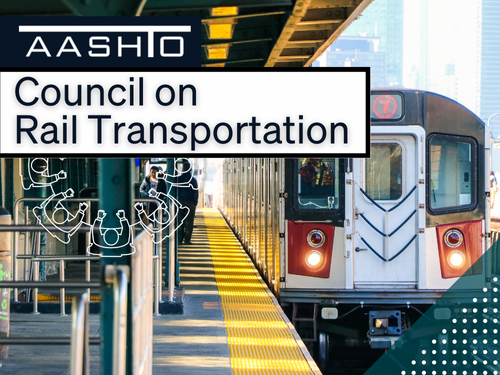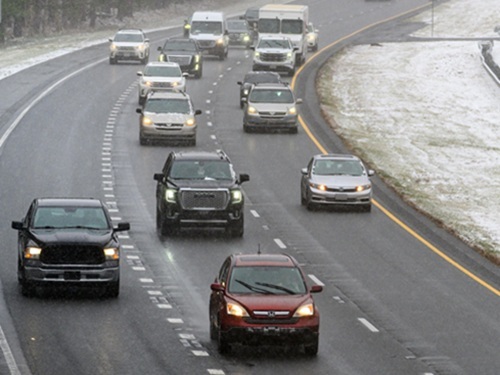The Federal Highway Administration proposed a new rule on August 13 to improve coordination in the use of highway rights-of-way to support the installation of broadband technologies.
[Above photo by WSDOT.]
Highway rights-of-way are commonly used to accommodate public utilities, such as phone lines, electrical lines and pipelines. Expanding their use to include wireless broadband technology is a “critical next step” in advancing connectivity in rural America, noted FHWA Administrator Nicole Nason in a statement.

“By streamlining the process and improving coordination, we will help improve access to broadband technology in rural areas,” she said, adding that broadband is also “necessary” to support the safe and effective integration of automated vehicles onto the nation’s highways.
FHWA pointed out that its proposed rule would help improve coordination with construction projects and ensure that the digging required to install utilities also be utilized for installation of broadband infrastructure, decreasing repeat excavation and minimizing disruption to the traveling public.
State departments of transportation are already working to find ways to help expand broadband access to rural areas.
In coordination with the Arizona Commerce Authority, the Arizona Department of Transportation began “exploring partnerships” in mid-July to create more affordable opportunities for wired and wireless broadband connectivity in rural communities.

And InnovateOhio, in partnership with the Ohio Department of Transportation, issued a 16-page broadband access report in September 2019 to provide a strategic plan for “improving and expanding broadband” across the state.
The key finding of that report – commissioned at the behest of Ohio Governor Mike DeWine (R) in June 2019 – is that the rights-of-way along state-owned interstate highways “hold considerable value” that can be “leveraged in order to expand broadband.” However, the report cautioned that there is no “silver bullet” and a variety of strategies should be employed to make sure every Ohioan has access to high-speed internet.
“Whether it’s connecting children to information at school or connecting smart vehicles to infrastructure, access to broadband is vital in the 21st Century,” said Jack Marchbanks, director of the Ohio DOT, in a statement. “ODOT has always played a role in helping connect our state and this is just another opportunity to do that.”

While states do not support a strict federal preemption on how states manage broadband deployment on their own properties, Carlos Braceras – executive director of the Utah Department of Transportation and the 2018-2019 president of the American Association of State Highway and Transportation Officials – noted in Congressional testimony in 2019 that speeding up the federal permitting process for high-speed broadband deployment, especially in rural areas, would in turn facilitate “the merger of technology between motor vehicles and infrastructure,” leading to greater mobility and increased safety on the nation’s roads.
“An important component to advance roadway technology is the ability to create a digital highway with fiber optics to make our roads smarter and safer, benefiting surrounding communities, including underserved rural areas,” he stressed.
“The Utah DOT deploys conduit and fiber with every road project that makes sense and coordinates road projects with any telecommunication company that wants to partner,” Braceras added. “[But] the ability to be flexible is what makes these partnerships possible. Rigid regulations or mandates can remove the very flexibility that is needed, complicating implementation and adding unnecessary additional system costs.”
 Nation
Nation
Registration Open for AASHTO’s Winter Rail Meeting
December 19, 2025 Nation
Nation

